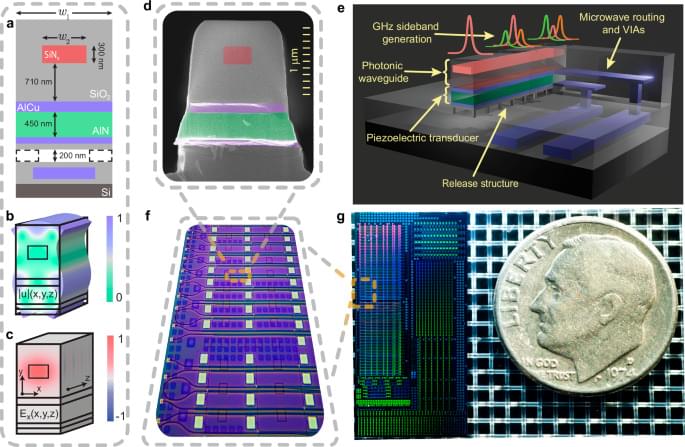A new IEF report, A Critical Minerals Enabled Energy Future, highlights how critical minerals have moved from the margins to the mainstream, underpinning the technologies driving growth, competitiveness, and decarbonisation.
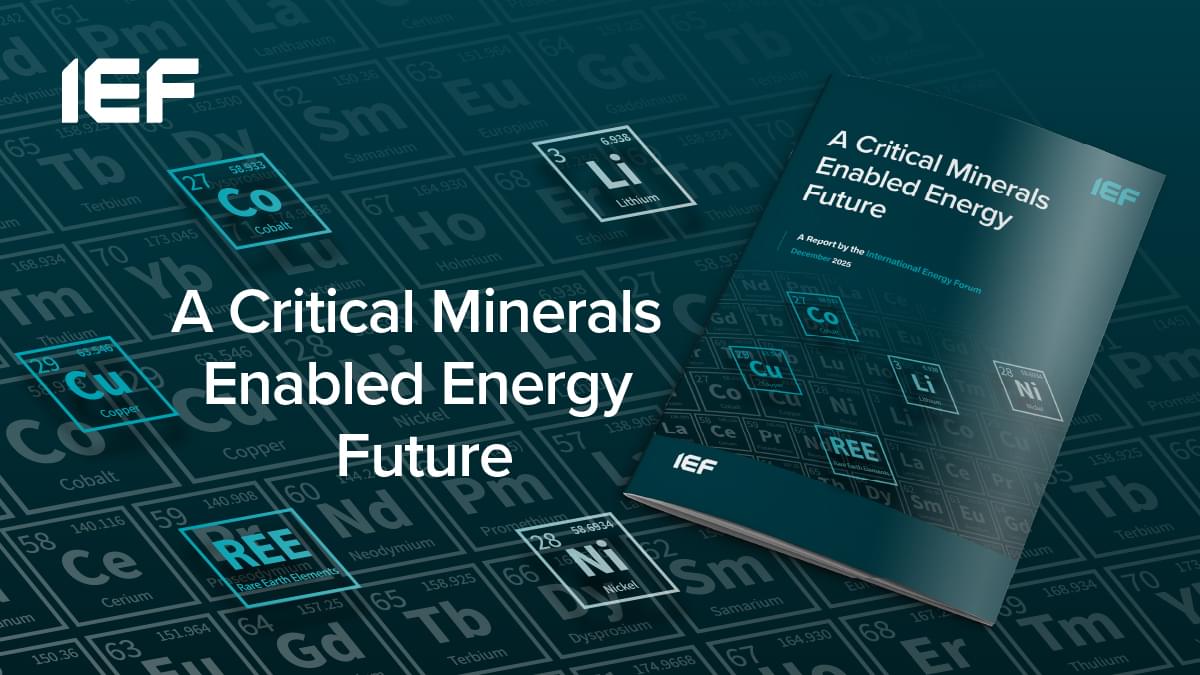

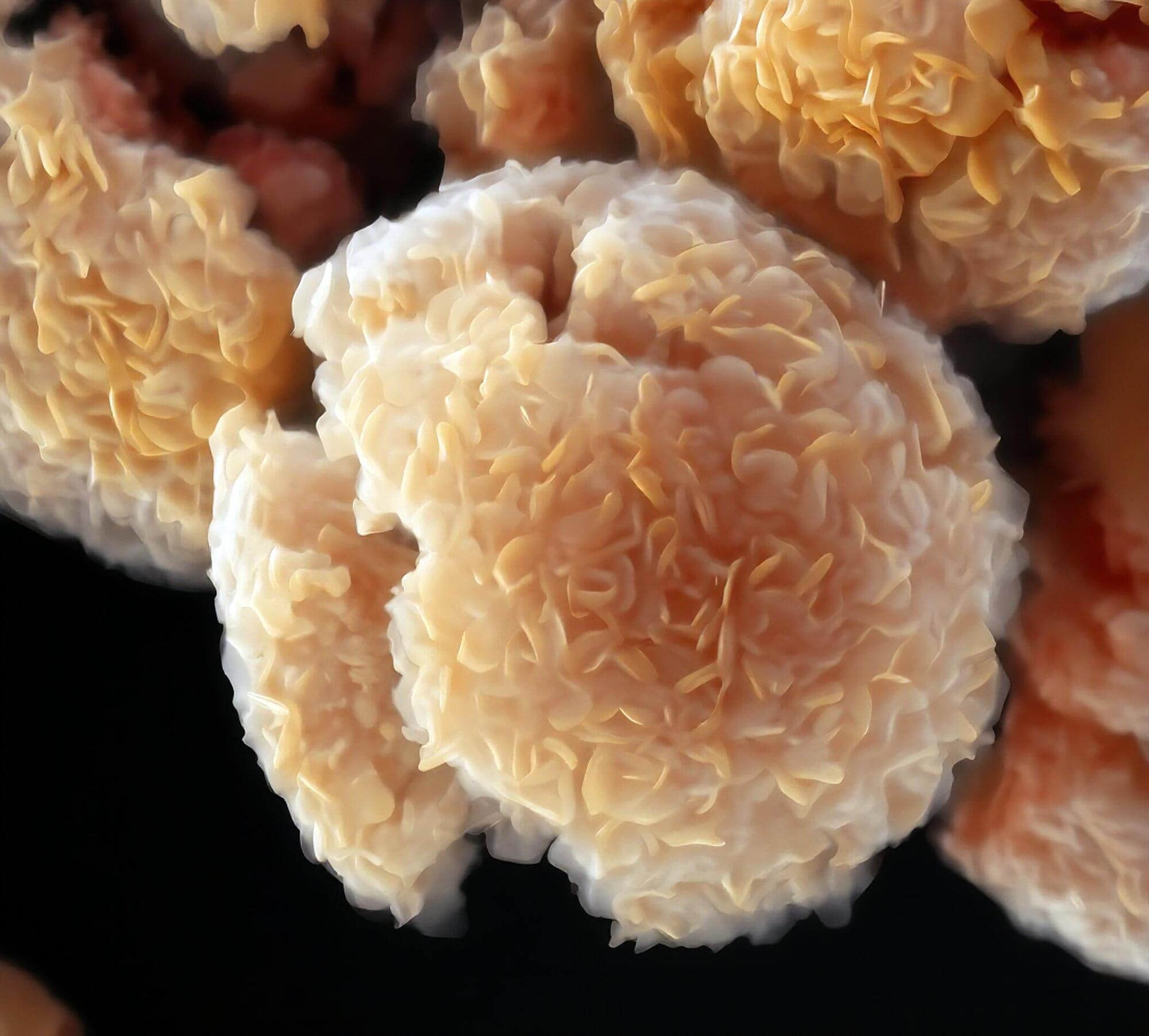
MXenes (pronounced like the name “Maxine”) are a class of two-dimensional materials, first identified just 14 years ago, with remarkable potential for energy storage, catalysts, ultrastrong lightweight composites, and a variety of other purposes ranging from electromagnetic shielding to ink that can carry a current.
But manufacturing MXenes has been expensive, difficult and crude.
“MXenes have been made by a very elaborate, multi-step process that involved days of high-temperature work, followed by using dangerous chemicals like hydrofluoric acid and creating a lot of waste,” said Prof. Dmitri Talapin of the University of Chicago Pritzker School of Molecular Engineering (UChicago PME) and Department of Chemistry. “That may have been okay for early-stage research and lab exploration, but became a big roadblock for taking the next step to large-scale applications.”
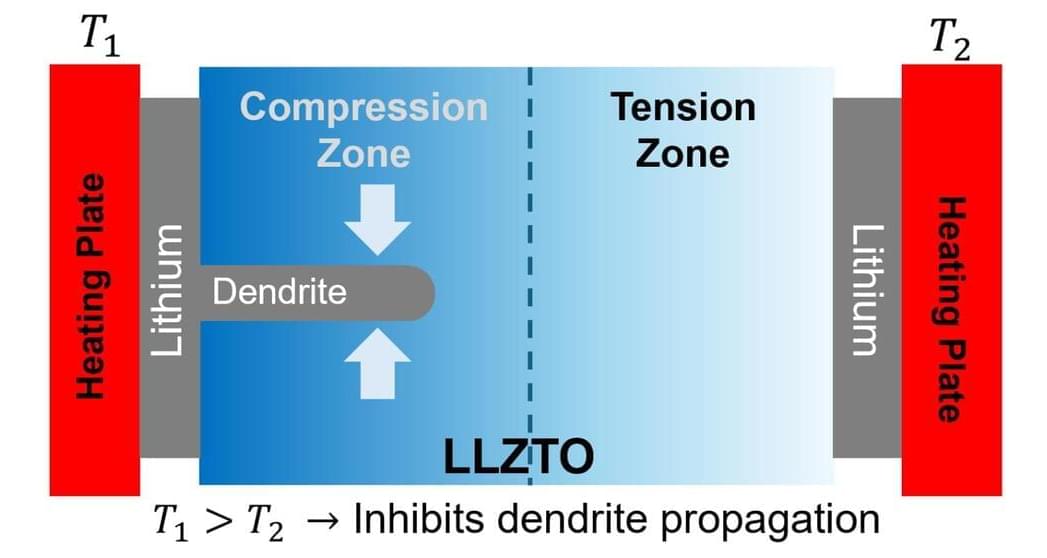
New research by Brown University engineers identifies a simple strategy for combating a major stumbling block in the development of next-generation solid-state lithium batteries.
Solid-state batteries are considered the next frontier in energy storage, particularly for electric vehicles. Compared to current liquid electrolyte batteries, solid-state batteries have the potential for faster charging, longer range and safer operation due to decreased flammability. But there’s been a consistent problem holding back their commercialization: lithium dendrites.
Dendrites are filaments of lithium metal that can grow inside a battery’s electrolyte (the part of the battery that separates the anode from the cathode) during charging at high current. When they grow across the electrolyte, dendrites cause circuits between the battery’s anode and cathode, which destroy the battery. So while solid electrolytes can—in theory—enable faster charging than liquid electrolytes, the dendrite problem is one of the primary limitations that has to date prevented them from reaching that potential.

The most dangerous people are not the malicious ones. They’re the ones who are certain they’re right.
Most of the harm in history has been done by people who believed they knew what was right — and acted on that belief without recognizing the limits of their own knowledge.
Socrates understood this long ago: the most dangerous is not *not knowing*, but *not knowing that we don’t know* — especially when paired with power.
Read on to find why:
* certainty often does more harm than malice * humility isn’t weakness, it’s discipline * action doesn’t require certainty, only responsibility * and why, in an age of systems, algorithms, and institutions, has quietly become structural.
This isn’t an argument for paralysis or relativism.
It’s an argument for acting without pretending we are infallible.
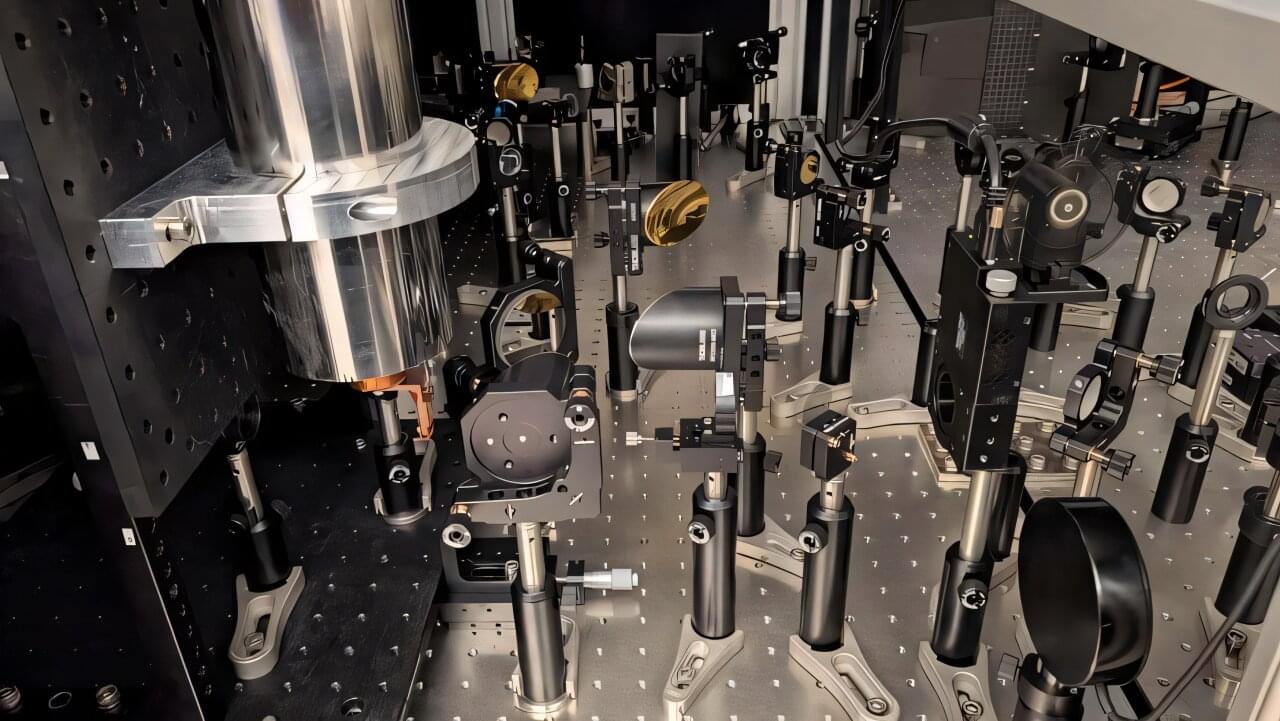
An international team of researchers led by Lancaster University has discovered a highly efficient mechanism for shaking magnets using very short light pulses, shorter than a trillionth of a second. Their research is published in Physical Review Letters.
The discovery of new fundamental properties and phenomena in magnetic materials is essential for the development of faster and energy-efficient devices.
Using a very short electromagnetic pulse to shake the magnetization, researchers investigated its effect on the magnetization steering angle in two similar magnetic materials with different electronic orbitals. After shaking the magnet and subsequently analyzing its magnetic state, they found that interaction between orbital motion and spinning enables a 10-fold larger spin deflection by the light pulse than the one without such interactions.


But the report was also marked by the flaws of its technocratic conception. Crucially, the broader stakes of the global energy transition went ignored. This is a mistake in urgent need of correction. The decarbonization agenda is not simply about reordering markets or industrial policies, but in fact represents the crucible for a new geopolitical order.
Four years ago, the International Energy Agency (IEA) published a landmark report, “Net Zero by 2050: A Roadmap for the Global Energy Sector,” that proposed a technical blueprint for a global green energy transition by the middle of this century. The report focused on the economic and technological dimensions of this energy transition. It was an admirable effort that calls for careful study.
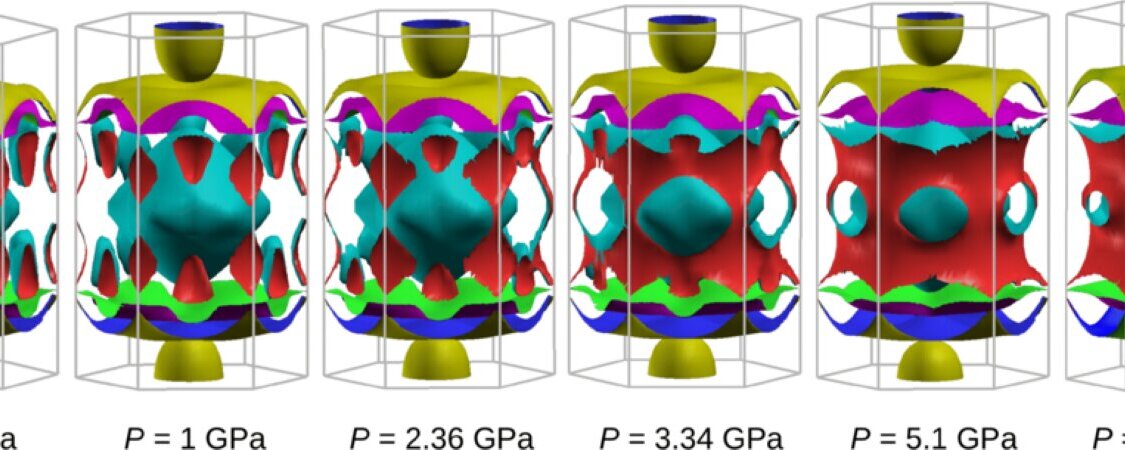
Scientists have discovered a way to efficiently transfer electrical current through specific materials at room temperature, a finding that could revolutionize superconductivity and reshape energy preservation and generation.
The paper is published in the journal Physical Review Letters.
The much-sought-after breakthrough hinges on applying high pressure to certain materials, forcing their electrons closer together and unlocking extraordinary electronic behaviors.
